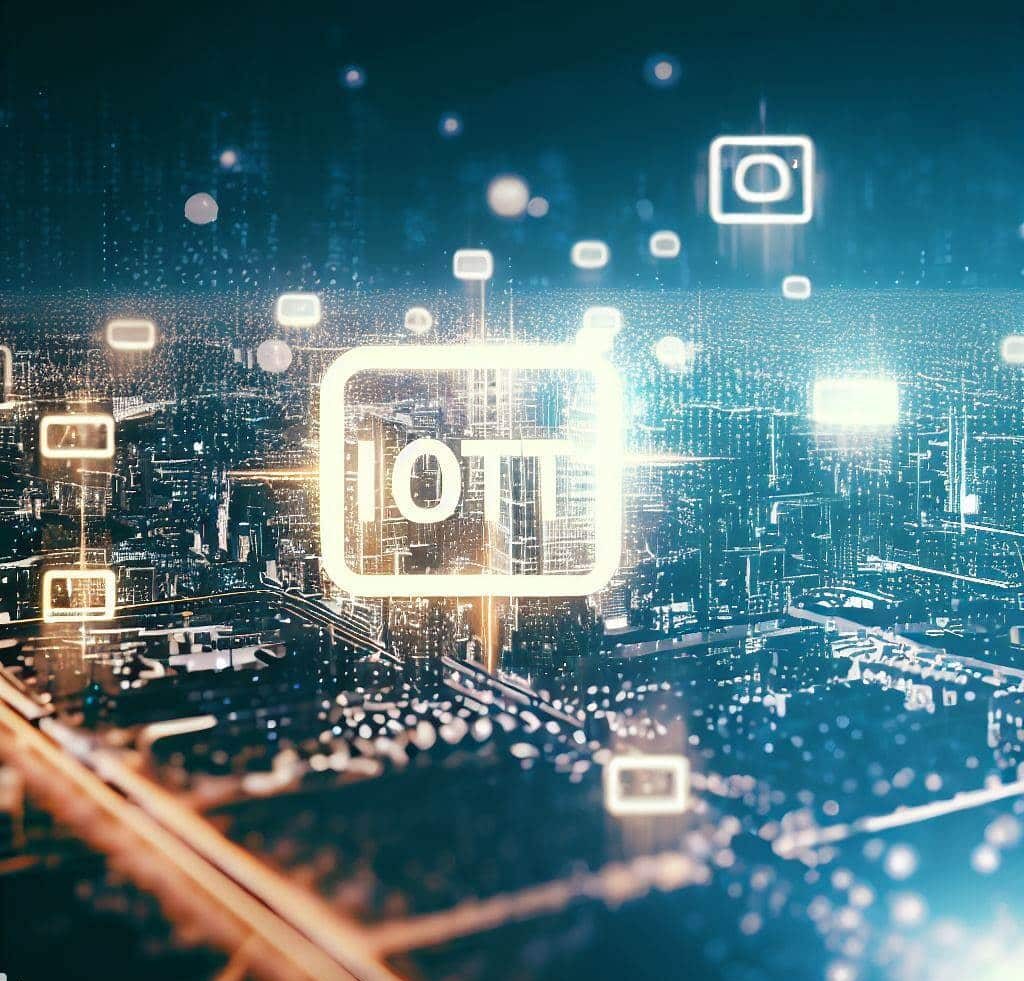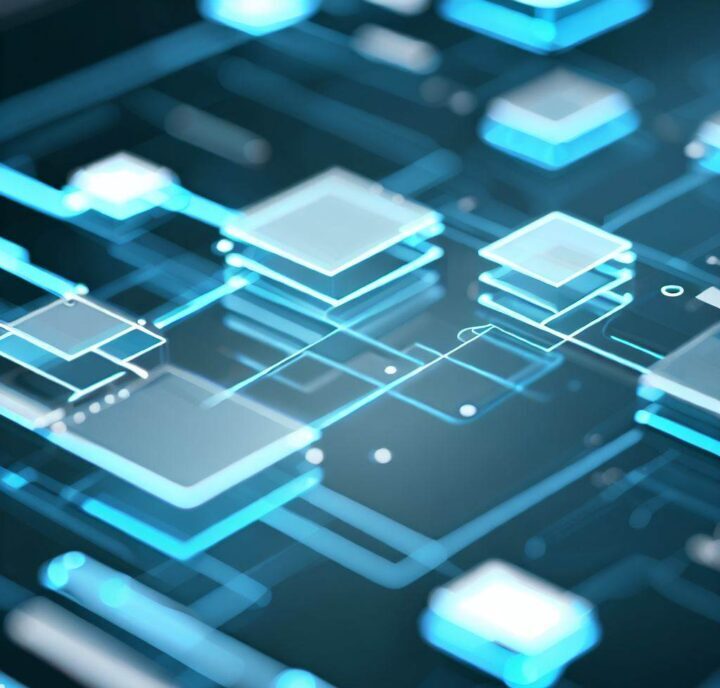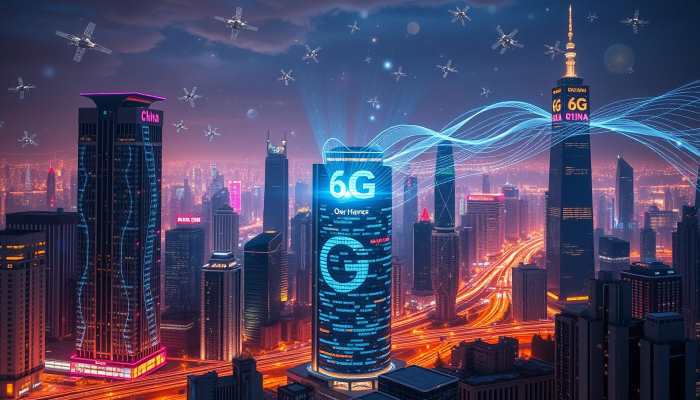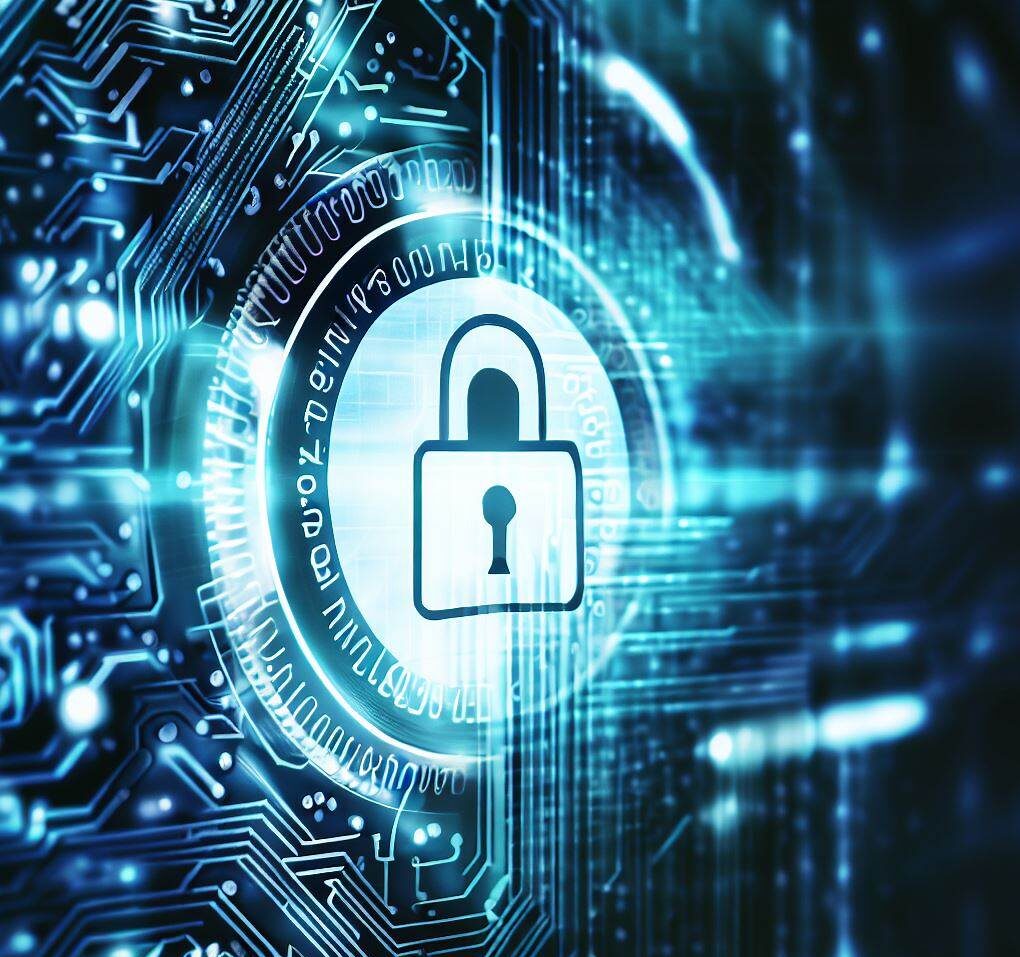The Internet of Things (IoT) is a network of physical objects that are embedded with sensors, software, and other technologies to collect and exchange data. This data can be used to monitor and control devices, track and manage assets, and automate processes.
Table of Contents
IoT smart city refers to a modern urban environment enhanced by the integration of Internet of Things (IoT) technology. This connectivity allows various aspects of city life, such as transportation, infrastructure, future and services, to be efficiently monitored, managed, and optimized for a more sustainable and convenient urban experience.
The IoT is rapidly growing, with the number of connected devices expected to reach 25 billion by 2025-27. This growth is being driven by a number of factors, including the falling cost of sensors and other IoT components, the increasing availability of wireless connectivity, and the growing demand for real-time data and insights.

IOT Good Impact on Major Sector
The IoT is having a major impact on many industries, including manufacturing, healthcare, transportation, and retail. In manufacturing, for example, the IoT is being used to monitor and control machines, track the movement of materials, and optimize production processes. In healthcare, the IoT is being used to monitor patients, track medical devices, and deliver remote care. In transportation, the IoT is being used to track vehicles, manage traffic, and improve safety. In retail, the IoT is being used to track inventory, personalize shopping experiences, and improve customer service.
The IoT has the potential to revolutionize many industries and improve the way we live and work. However, there are also some challenges associated with the IoT, such as security and privacy concerns. It is important to address these challenges in order to ensure that the IoT can be used safely and responsibly.

Here are some of the benefits of IOT
IoT future applications.
- Increased efficiency: The IoT can help businesses to improve efficiency by automating tasks, monitoring operations, and collecting data in real time.
- Improved customer service: The IoT can help businesses to improve customer service by providing personalized experiences and responding to customer needs more quickly.
- Increased safety: The IoT can help to improve safety by monitoring equipment and systems for potential problems, and by providing early warnings of potential hazards.
- Reduced costs: The IoT can help businesses to reduce costs by automating tasks, optimizing processes, and improving efficiency.
- Improved decision-making: The IoT can help businesses to make better decisions by providing real-time data and insights.

Here are some of the challenges of IoT:
- Security: The IoT is a large and complex network, which makes it vulnerable to cyberattacks.
- Privacy: The IoT generates a lot of data, which raises concerns about privacy and security.
- Scalability: The IoT is growing rapidly, which puts a strain on the infrastructure that supports it.
- Interoperability: The IoT is made up of a variety of devices from different manufacturers, which can make it difficult to get them to work together.
- Standardization: There is no single standard for the IoT, which can make it difficult to develop and deploy IoT solutions.
Despite these challenges, the IoT is a rapidly growing technology with the potential to revolutionize many industries. Businesses that are able to adopt the IoT early will be well-positioned to succeed in the future.





